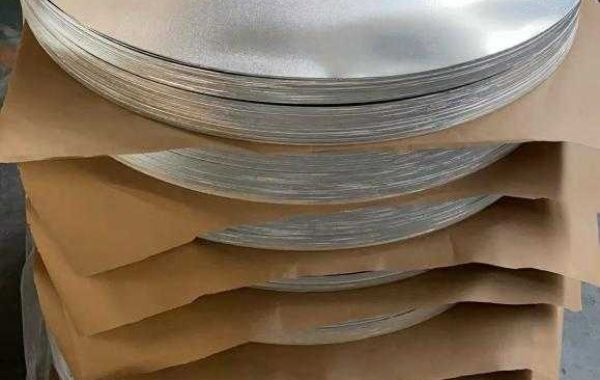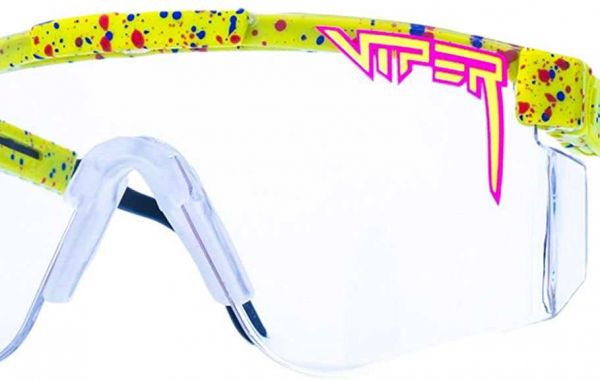- Choosing the Right Cutting Method:
Shearing: Suitable for straight cuts, shearing can be efficient for large quantities. Ensure sharp blades and proper shear clearance to minimize burrs and distortion.
Water Jet Cutting: Offers high precision and flexibility for complex shapes. However, it can be slower than other methods and may require specialized equipment.
Laser Cutting: Ideal for intricate designs and high-precision cuts. Laser cutting provides clean edges and minimizes material waste.
Saw Cutting: Suitable for various applications, including circular cuts. Choose saw blades with appropriate tooth geometry and cutting speeds.
- Optimizing Cutting Parameters:
Blade Sharpness: Ensure that cutting tools (blades, saws) are sharp and properly maintained to minimize burrs and improve cut quality.
Cutting Speed: Select appropriate cutting speeds based on the chosen method and material thickness.
Feed Rate: Optimize feed rates to ensure consistent cutting and minimize material stress.
Coolant Use: Utilize appropriate coolants to reduce friction, improve cutting performance, and prevent overheating.
- Shaping Techniques:
Bending: 5052 aluminum exhibits good bendability. Use appropriate bending techniques (e.g., air bending, press brake bending) and tooling to achieve desired shapes without cracking or distortion.
Forming: For complex shapes, consider forming techniques such as deep drawing, spinning, and hydroforming.
Heat Treatment: In some cases, heat treatment may be necessary to improve formability or relieve stresses induced during processing.
- Quality Control:
Regular Inspections: Conduct regular inspections throughout the cutting and shaping process to identify and address any issues early on.
Dimensional Measurements: Use precise measuring instruments to verify dimensions and ensure conformance to specifications.
Visual Inspection: Visually inspect the cut edges and formed parts for any defects such as burrs, cracks, or distortions.
- Safety Considerations:
Personal Protective Equipment (PPE): Always wear appropriate PPE, including safety glasses, gloves, and hearing protection.
Machine Safety: Ensure all machinery is properly guarded and operated in accordance with safety guidelines.
Material Handling: Handle aluminum circles carefully to avoid damage and potential injuries.
By following these best practices, you can achieve precise and efficient cutting and shaping of 5052 aluminum circles, resulting in high-quality components that meet the demands of your specific applications.








